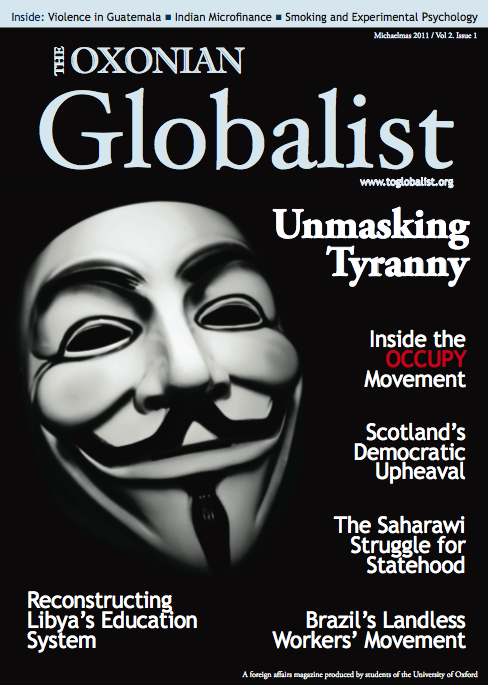Many Norwegians see their country as so quaint as to be almost harmless. This fantasy was ripped apart on July 22nd, when a lone attacker used a fertiliser bomb to blow up the main government offices in Oslo, killing eight and wrecking several buildings. He then drove to Utøya, an island 90 minutes from Oslo and the scene of the Labour Youth’s summer camp. Dressed as a police officer he proceeded to kill 69 people in the space of two hours, the majority of whom had not yet turned 19. The attacker, Anders Behring Breivik, then surrendered to the police without resistance. A press-package he had prepared and sent to 1003 recipients before the attack described his motivations: antipathy towards Muslim immigration to Europe and outrage at a European left complicit in the ”Muslim takeover”. Should Behring Breivik be seen as symptomatic of a broad far-right movement in Europe, or is his an ideology of one?
In the presence of the press for the first time during an incarceration meeting on November 14th, Breivik presented himself as “a military commander in the Norwegian resistance movement and a Knights Justitiar in Knights Templar Norway and Knights Templar Europe.” A Justitiar was a Templar who dispensed corporal punishment to his comrades. Breivik claims that he got the idea for the attack on his own, and carried it out without any assistance, yet he sees himself as part of an organization, as a leader being carried along by a movement. His Knights Templars, however, do not seem like much more than a construct. In his “manifesto,” Breivik claimed to have co-founded the group in 2002 with “Richard Lionheart”. The Associated Press called up a likely candidate for this alias, Paul Ree, formerly of the English Defence League and now an extremist blogger known as “Lionheart”. Ree denied ever meeting Breivik and claimed the Knights Templars exist only as “an idea” and not as an organization. Furthermore, he expressed disgust at Breivik’s actions and sympathy with the Norwegian people.
Breivik’s actions can only be understood, as far as they can be understood at all, in the context of European far-right thought rather than far-right people. The Norwegian police have almost conclusively proven that Breivik carried out the attacks without any assistance. He communicated with sympathetic minds via online messaging boards, but these messaging boards were devoted to reinforcing the ideas of the participants rather than organising violent political acts. Moreover, these ideas are based on vague and obscure justifications. Breivik claimed that his actions were “gruesome but necessary” to defend Norwegian culture, but never clearly explained what he meant by “culture”, let alone “Norwegian culture”.
That Breivik acted individually and on such hazy justifications is troubling for those looking to prevent similar attacks in the future. Just as Breivik’s justifications are unclear, so too are his inspirations. Because we cannot pinpoint exactly when he shifted from sympathising with the far-right to perceiving himself as a Knight Justitiar, we cannot use his example to prevent others from following the same path. The Norwegian far-right blogger Fjordmann wrote several opinion pieces in the mainstream press during August and September, defending the right of political expression and freedom of conscience for those on far-right messaging boards. The Norwegian government agreed with his arguments in form and, so far, in practice.
Twenty-first century Western individuals have a historically unprecedented potential for destruction. Individual technological and financial capabilities allowed Breivik to unleash the firing power of a pre-Napoleonic army by maxing out his credit cards. Technological empowerment has made the communication of ideas increasingly rapid and uncontrollable. People use online message boards to seek confirmation that their own beliefs are relevant, not just to convince others that their ideas are valid. Instead of the forum coming together as a whole to formulate a single ideology, each screen name can develop his own individual ideology in a like-minded environment. The coupling of such technological empowerment with political hatred can have terrible consequences.
Breivik’s actions are symptomatic of far-right ideology in Europe – but this ideology need no longer proceed as a classical “movement”. Instead of an organised structure, there is an exchange of ideas. This exchange cannot—and should not— be legally prevented. Breivik acted alone and needed no network to accomplish his destructive goals. This, along with Paul Ree’s distancing from Breivik, leads to the more troubling conclusion that Breivik acted from an ideology of one, and that these days an ideology needs only one adherent to have a devastating impact on a country and its people.




